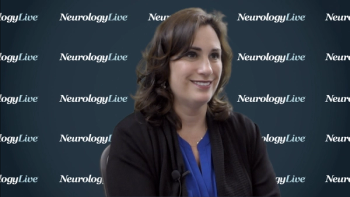
The clinical professor of neurology at Albert Einstein College of Medicine discussed the referral process for patients with migraine and which patients may be too complex for the limited time primary care physicians have.

The clinical professor of neurology at Albert Einstein College of Medicine discussed the referral process for patients with migraine and which patients may be too complex for the limited time primary care physicians have.
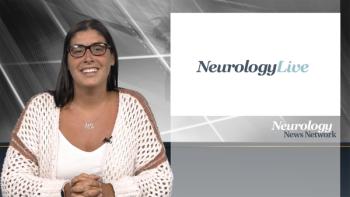
This week’s edition features highlights from NeurologyLive’s coverage of the American Headache Society’s annual scientific meeting.
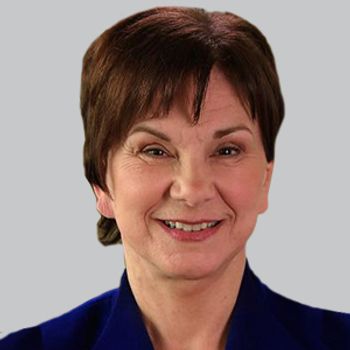
Pregabalin is approved for use in partial onset seizures, as well as postherpetic neuralgia, fibromyalgia, and for the management of neuropathic pain associated with spinal cord injury and diabetic peripheral neuropathy.

The PRIAMO study data showed that men with Parkinson disease who had been sexually active in the past 12 months were more likely to have lower motor disability, better quality of life, and lower depression scores. No similar associations were observed for women.

The phase 2b trial of the repository corticotropin injection (Acthar Gel) in amyotrophic lateral sclerosis was halted due to data and safety board concerns of the potential risk of pneumonia.
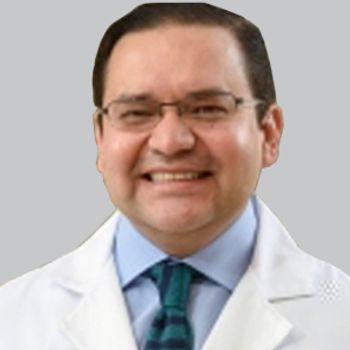
The International Congress on the Future of Neurology will take place this Fall in New York City, convening experts in neurology to discuss the latest data and best practices to better inform clinical decision-making.
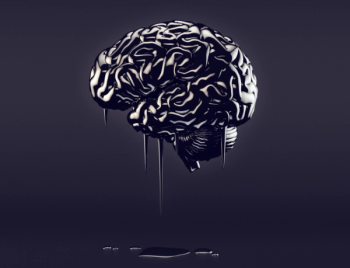
A 27-year-old man has had right arm numbness for about 2 weeks. What’s in your differential?
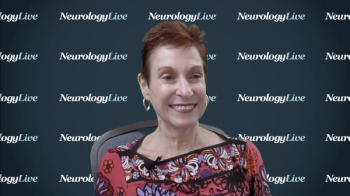
The professor of neurology, neurotherapeutics, and ophthalmology at UT Southwestern discussed the need to better coordinate care between providers when telemedicine is being utilized in headache and migraine care.

The Accordion Pill C/L did show success in treating the symptoms of Parkinson, despite the lack of significant differences. Although it also failed to achieve superiority in secondary end points.

The associate director of the Institute for Clinical & Translational Science at the University of California, Irvine, spoke about the findings of the study and how it can inform the use of telemedicine.

The complete response letter cited issues with an active pharmaceutical ingredient used in the Biohaven 2017 bioequivalence study that was manufactured between 2014 and 2016 in an Apotex facility.

The monoclonal antibody against CGRP reduced the frequency of episodic cluster headache attacks significantly more than placebo, though the Eli Lilly therapy failed to separate from placebo in the disease’s chronic presentation.
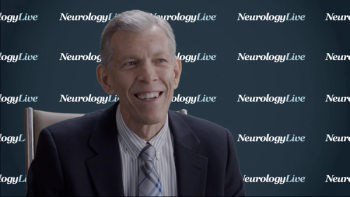
The professor and chief of pediatric neurology at Le Bonheur Children’s Hospital and the University of Tennessee Health Science Center spoke about the concerns of uncontrolled epilepsy and how to determine if a patient requires more than one treatment for their epilepsy.

The director of the Headache Center of Southern California shared insight into the success of ubrogepant in patients who failed on triptans, and how the future of migraine treatment may need to focus on combination approaches.
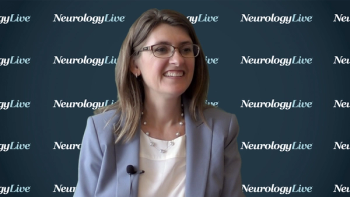
The pediatric neurologist and epilepsy specialist at Children’s Hospital Colorado discussed the popularity of cannabidiol from coverage in the media, and how she sees its use—and the understanding of it—evolving in the coming years.

The topic was the focus of a lively panel discussion and several posters at the 2019 Alzheimer’s Association International Conference, where experts in the field debated on the validity of current findings and theories.
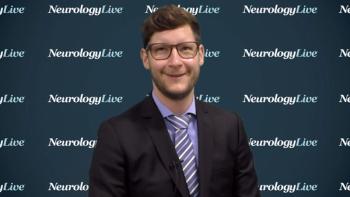
This data demonstrates that patients with Alzheimer disease are at an increased risk for seizures, in particular in more advanced disease stages, which emphasizes a need for seizure history assessment to inform individual therapeutic decisions and the necessity of systematic treatment studies.

Previous research demonstrated that plasma neuronal-enriched extracellular vesicles exhibited elevated levels of p-tau, amyloid-beta 42, and phosphorylated insulin receptor substrate.
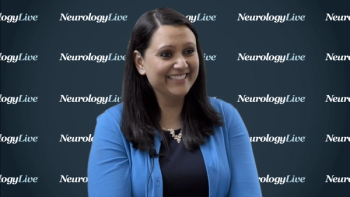
The director of the MedStar Georgetown Headache Center spoke about the higher-than-desired rates of opioid prescriptions for patients with migraine, and how new treatment options and provider education can help lower those numbers.

The PD GENEration program will offer no-cost genetic testing for Parkinson-related genes and genetic counseling, using the data for future research into the development of personalized medicine and interventions in Parkinson disease.

A new treatment for NMOSD has been found to reduce relapse, decrease re-hospitalizations, and hinder the need to treat acute attacks with corticosteroids and plasma exchange.

The professor of emergency medicine at the University of Wisconsin-Madison School of Medicine and Public Health spoke about the challenges physicians face in the emergency department when dealing with patients that are cognitively impaired.

In addition to physical activity, lower vascular risk factors, assessed via the Framingham risk score, were independently associated with slower PACC decline and gray matter volume loss.
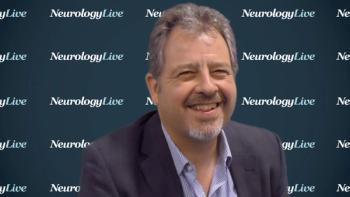
The professor of age-related diseases and Dean of the University of Exeter Medical School spoke about the need for proper training of nursing home staff in order to improve quality of life in patients with dementia.
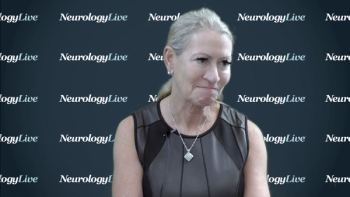
The director of the Orange County Migraine and Headache Center spoke about the adherence issues in acute migraine treatment and how the safety profile of investigational medications such as rimegepant and ubrogepant suggests they may be able to address them.
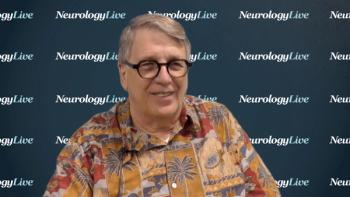
The professor of neurology and founding chair of the John T. Macdonald Foundation Department of Human Genetics at the University of Miami spoke about how the risk of Alzheimer disease differs between ethnic groups, despite being associated with the same genetic marker.

The DCTclock demonstrated a 37% increase in discrimination over the traditional cognitive assessments.

uMETHOD Health has implemented a precision-medicine platform to create personalized, multidomain care plans for the treatment of dementia and mild Alzheimer disease.
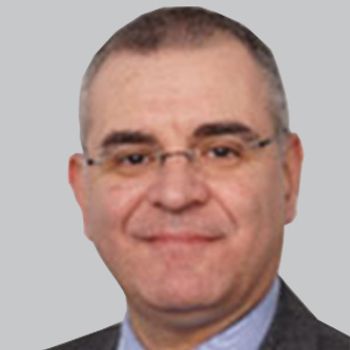
The AMBAR trial is based off of the hypothesis that amyloid-beta is bound to albumin and circulates in plasma; extracting this plasma may in turn flush amyloid from the brain.

Lead author Elizabeth K. Seng, PhD, shared insight into the findings of an exploration of the use of mindfulness-based cognitive therapy to reduce the impact of migraine on patients, as measured by Migraine Disability Assessment, as well as Headache Disability Inventory scores.